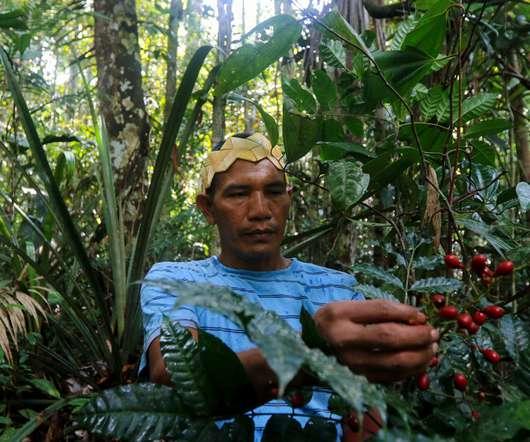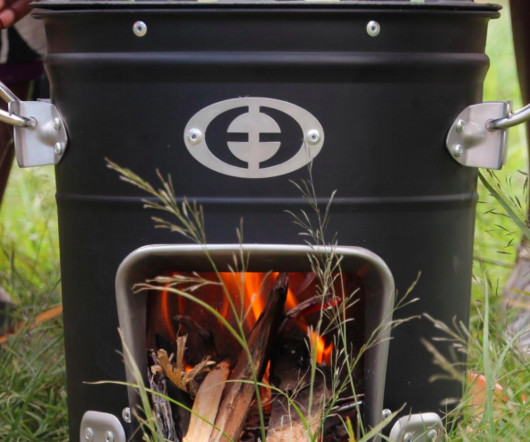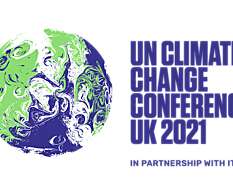In the Amazon, Indigenous and Locally Controlled Land Stores Carbon, but the Rest of the Rainforest Emits Greenhouse Gases
Inside Climate News
JANUARY 16, 2023
By Bob Berwyn, Katie Surma Forests managed by Indigenous peoples and other local communities in the Amazon region draw vast amounts of planet-warming carbon dioxide out of the atmosphere while the rest of the rainforest has become a net source of the greenhouse gas, a new report has found.













Let's personalize your content